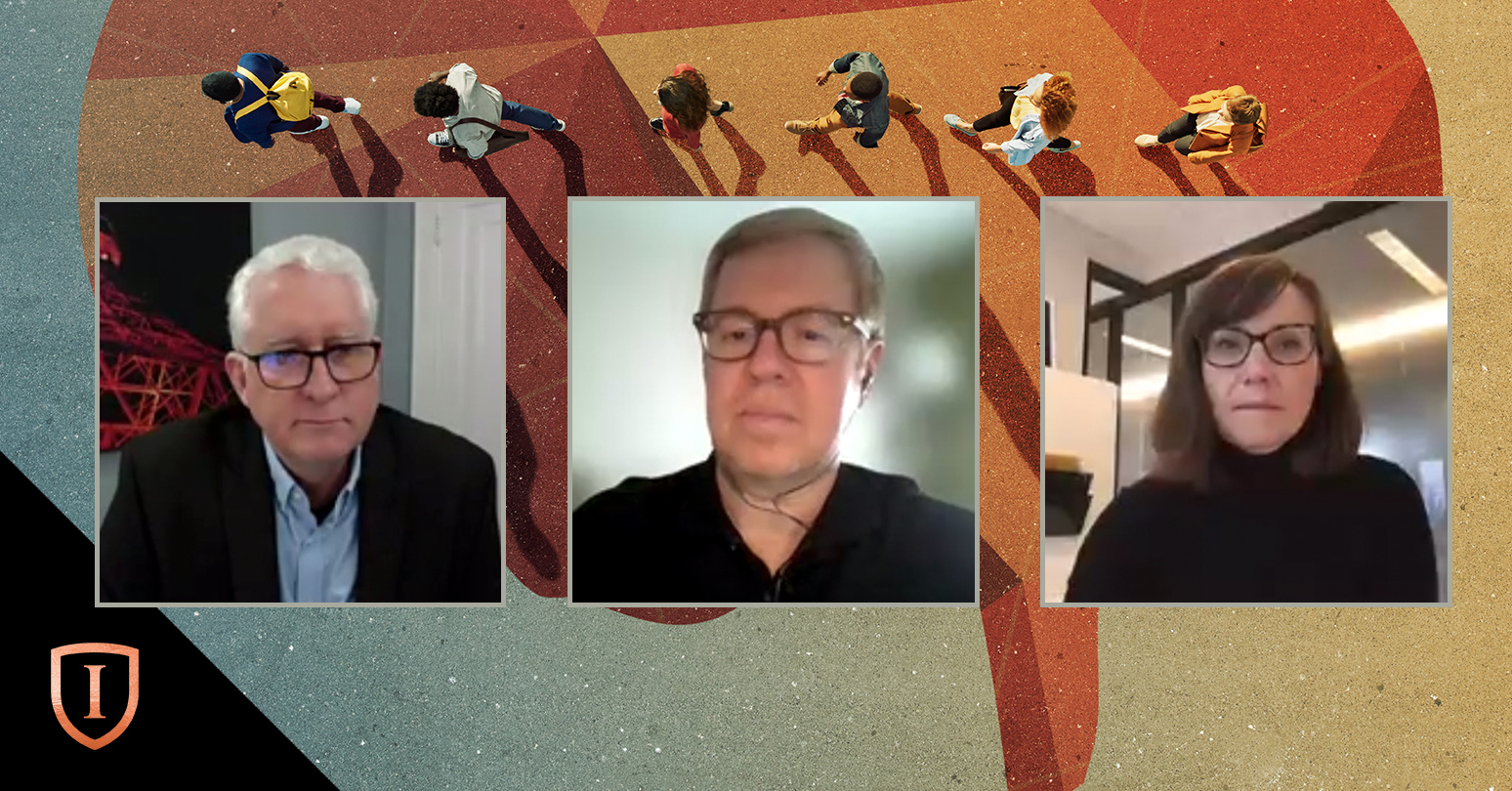When faced with a worker shortage in 2013, tech giant SAP began tapping into underutilized talent. The company launched the Autism@Work Program to leverage the unique abilities and perspectives of individuals on the autism spectrum and to create more inclusive hiring and workplace practices.
The initiative has served as a call to action for business leaders and society to reform processes and approaches to be more inclusive of individuals who identify as neurodivergent, meaning they may think, behave, learn, and experience the world differently. Attention deficit hyperactivity disorder, obsessive-compulsive disorder, autism, and various learning differences are examples of neurodiversity.
“This is driving us toward a different style of management that perhaps you could characterize as more individual-oriented,” said Ivey Professor Rob Austin, who has done research on neurodiversity employment programs. “The world is optimized for certain people. Part of what we’re talking about is how to make the world more open and optimized for everyone.”
Austin was a panellist at The Ivey Academy’s virtual livestream event, Neurodiversity in the Workplace: Building Towards Inclusion, which explored how inclusivity is transforming organizations. Hosted by Assistant Professor Mazi Raz, MBA ’05, PhD ’14, the panel also included Erin Huner, Director, Culture and Inclusion at Ivey, and José Velasco, Business Process Intelligence Program Director and Autism@Work Ambassador for SAP.
Based on examples from SAP’s pioneering workplace program, the discussion focused on the competitive advantage of inclusion and changing ideals of leadership.
Redefining talent
Citing that the unemployment or underemployment rate for neurodivergent individuals is estimated at between 80 and 90 per cent, Austin said an increasing number of companies are reformulating hiring and management processes to eradicate unintended biases that prevent them from accessing this talent.
“They’re realizing the problem isn’t the people, it’s with the business systems that we use to hire and manage,” he said. “It’s about reformulating processes so that we can maximally activate the talent – and not just people who identify as neurodivergent, but everybody in the company.”
Velasco told how incorporating small accommodations made a big difference. These included moving in-person training programs online so employees can contribute through chat functions, and supplying job interview questions to candidates in advance so they can prepare. As a result, SAP’s program has created more than 600 employment opportunities in 16 countries. It has also changed the company culture and made SAP’s managers more sensitive to employees’ needs.
Harnessing creative solutions
Accessing new talent has also fuelled innovation. Velasco told how an employee hired through the program won an award in 2019 for creating a tool to reduce invoice processing times.
“We have to acknowledge that innovation comes from the edges from the people who don’t look at the world the same way as everybody else does,” he said. “The experience has been transformational. The things we have learned through Autism@Work have really opened our eyes to ask, What if?”
Austin said such programs can also increase employee engagement and produce workplace solutions that benefit everyone.
“There’s this idea of universal design. If we design for the edge cases or the outliers, it turns out that it usually works better for everybody in the middle of the distribution as well,” he said.
Huner discussed how Ivey has been taking a universal design approach to creating an equitable environment for students. Whether it’s considering alternative forms of classroom contribution or making the recruitment process more accessible, Huner said applying universal design to every stage of the student lifecycle will lead to a better experience for all students.
“The basic premise of universal design is that you think and plan for the most complex and vulnerable individuals in your community. You deeply get to know them and where the barriers are for them in your current structure. Then you think collaboratively about how to reduce those barriers together,” she said. “I have never seen a case where we have reduced a barrier and it has created a barrier for someone else. When we work collaboratively and collectively with those voices that can give us hints about barriers, we are going to make everyone’s life a lot easier.”
Developing inclusive business leaders
Making business schools more inclusive will ultimately help them to develop inclusive leaders, she said.
“When you think about the skills that you’re giving everyone in the classroom in terms of managing differences, you’re building more inclusive leaders who will hopefully bring what they’ve learned into their organizations,” she said. “One thing business schools need to focus on is, What does leadership mean? What is the quality of leadership and how narrow are we willing to say that definition is? There are leaders that sit well outside that median that we have limited ourselves to and if we really want to innovate, we have to start bringing in more diverse ways of thinking about problems.”
SAP’s results are already driving progress in this area. Velasco said more than 700 organizations have reached out for advice on creating a workplace program. He also cited how such programs benefit the economy. More than 95 per cent of SAP’s employees were previously receiving unemployment benefits, but are now proudly contributing to the tax base.
“We did not start the program with the idea of sharing it with the community – that was a side effect,” he said. “The topic of impact in the community is one of the larger and more rewarding ones and also the least expected.”
Despite the success, Velasco said he hopes such programs are transitional, not permanent fixtures.
“By disappearing, hopefully, we will have baked in all of the learnings of the program into the standard processes, changing the DNA of the organization,” he said. “By having them baked into the organization, we no longer will be addressing how to support [neurodiversity], we will be addressing how to accommodate humans.”



